ARPA-E announces $11M for innovations in energy-water processing and agricultural sensing technologies; fourth, fifth OPEN+ cohorts
Green Car Congress
JANUARY 18, 2019
The US Department of Energy’s Advanced Research Projects Agency-Energy (ARPA-E) announced $11 million in funding for 7 projects in the fourth and fifth cohorts of the agency’s OPEN+ program: Energy-Water Technologies and Sensors for Bioenergy and Agriculture. Energy-Water Technologies cohort.








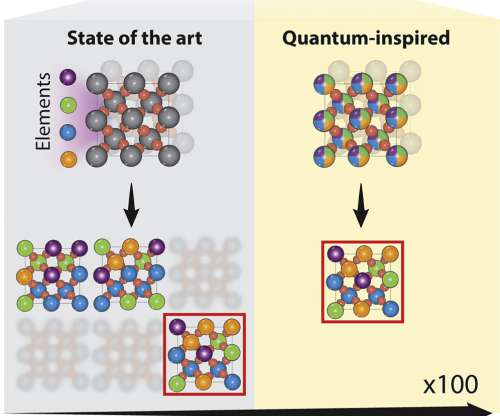

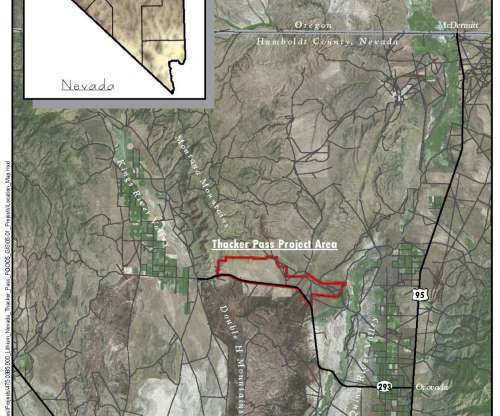


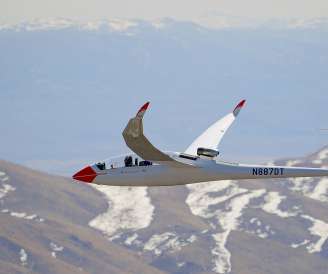





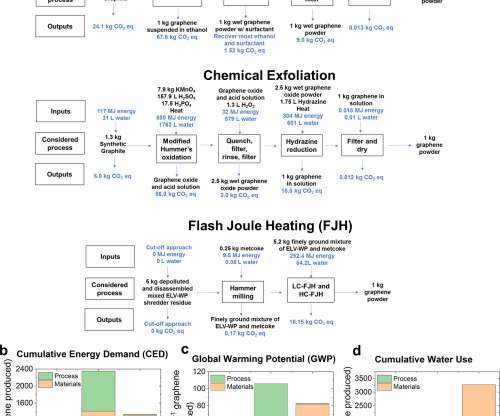








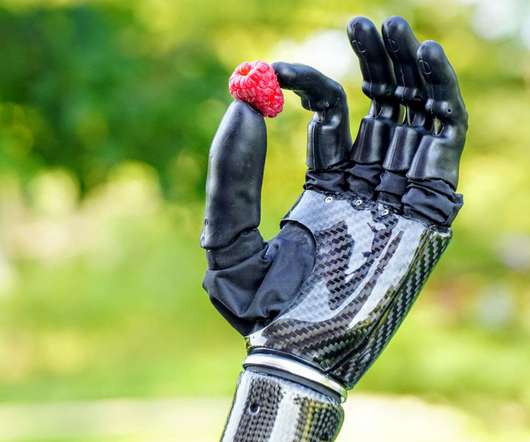








Let's personalize your content